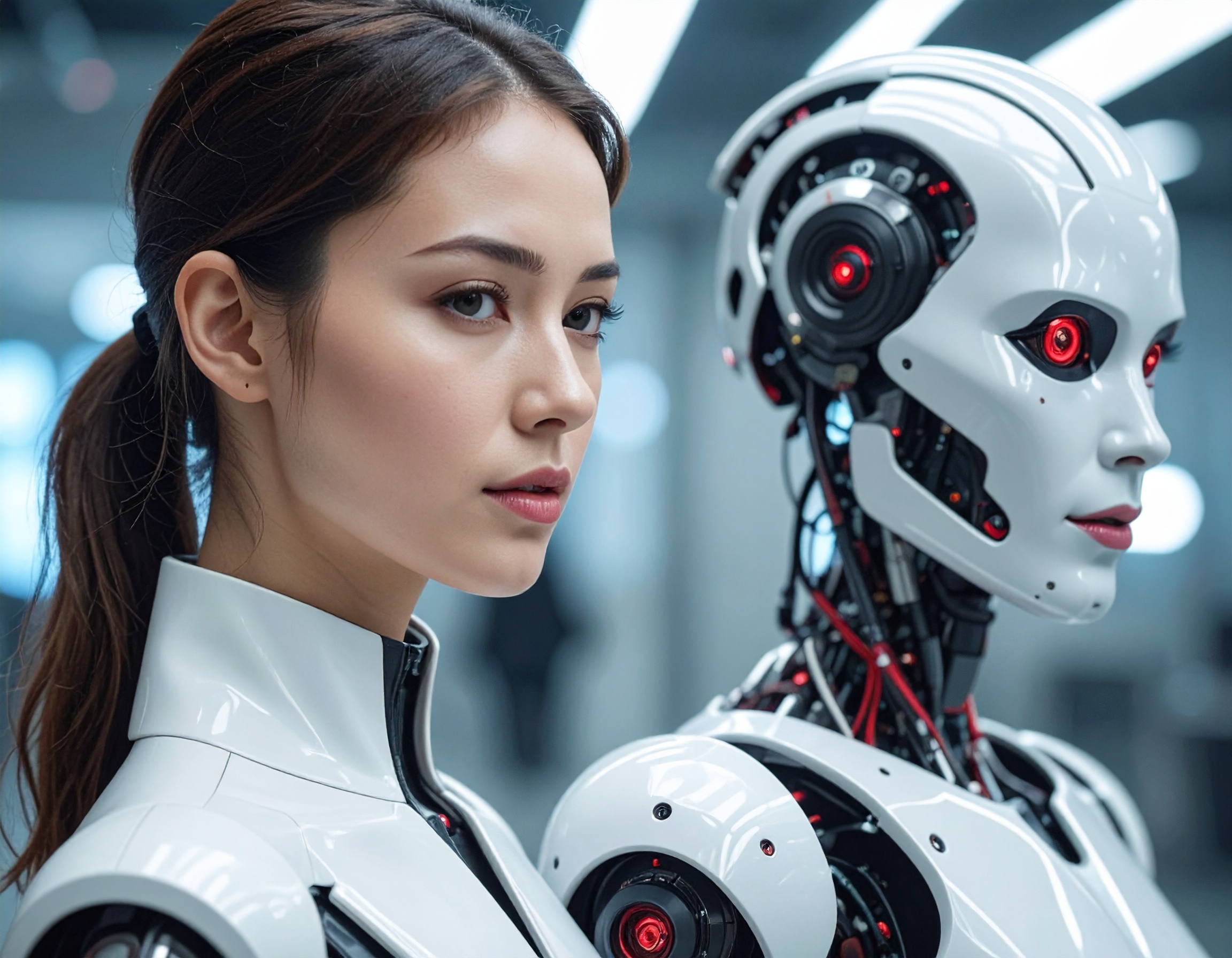South Korea Deploys “AI Employees” in the Field: Bomb-Disposal Robots Enter Service

A New Generation of Non-Human Workers on the Battlefield
In September 2025, Seoul announced that its armed forces will begin receiving domestically developed bomb disposal robots built by Hanwha Aerospace. These “Non-Human Workers” are designed to detect and disarm dangerous explosives such as landmines and improvised explosive devices (IEDs), taking over tasks that previously exposed soldiers to fatal risk.
The move follows a major procurement deal signed earlier in September: Hanwha secured a 270 billion-won contract (≈ US$194 million) from South Korea’s arms procurement agency to mass-produce these robots beginning later this year. Each unit comes with modular tools (robotic arms, X-ray scanners, cable cutters, shotguns, etc.), enabling adaptability across minefield, urban, and high-risk zones.
This marks the first deployment of fully homegrown robotic systems in South Korea’s military operations.
What This Means—and Why It Matters
By introducing these AI-driven bomb robots, the ROK (Republic of Korea) aims to reduce human casualties, especially in explosive ordnance disposal roles. It also helps confront a manpower challenge: fewer recruits are available for high-risk missions, and automation can relieve pressure on human troops.
In strategic terms, the use of AI Employees and Voice AI Agents (if future versions incorporate voice or command interfaces) signals a shift: the battlefield is increasingly populated by smart, autonomous—or semi-autonomous—systems. South Korea’s approach mirrors a broader global trend where militaries treat robots and AI as collaborators or replacements in the most hazardous tasks.
The decision is particularly timely given regional tensions: as neighbors invest in drone forces, missile systems, and counter-drone technology, bomb disposal robots enhance resilience and force protection.

Challenges, Risks, and the Road Ahead
Deploying Non-Human Workers is not without hurdles. Sensors must reliably distinguish real threats from debris, software has to be robust against electronic interference, and tactical commanders must adapt to integrating machine teammates into operations.
Moreover, legal and ethical questions loom: who is responsible if a robot malfunctions or causes collateral damage? Will adversaries attempt to hack or spoof these systems?
Still, early fielding in 2025 gives South Korea a strategic edge. Whether these AI Employees will evolve into intelligent squads of autonomous agents remains to be seen—but the trend is clear: the future battlefield is a mixed team of humans and machines.
Key Highlights:
- In September 2025, South Korea announced it would start receiving bomb-disposal robots developed by Hanwha Aerospace.
- A 270 billion-won contract was signed to mass produce these systems domestically.
- Robots are modular: can equip X-ray scanners, arms, cable cutters, shotguns, etc.
- Purpose: reduce soldier risk in bomb/IED disposal, compensate for manpower shortages.
- Strategic importance: reflects broader shift toward Non-Human Workers, AI Employees, and autonomous assets in warfare.
Reference:
https://thedefensepost.com/2025/09/29/korea-bomb-robots-hanwha/amp/


